Most of us think of the legendary AE86 when we think of rear-wheel-drive 1980s Toyota Corollas, but the US-market TE72 Corollas had rear-wheel-drive and hemi-head engines. These little commuters weren't at all quick in stock form, even by the lenient standards of their time, but they built a reputation for reliability that kept their resale value up for decades. Here's one in California that made it to age 35.
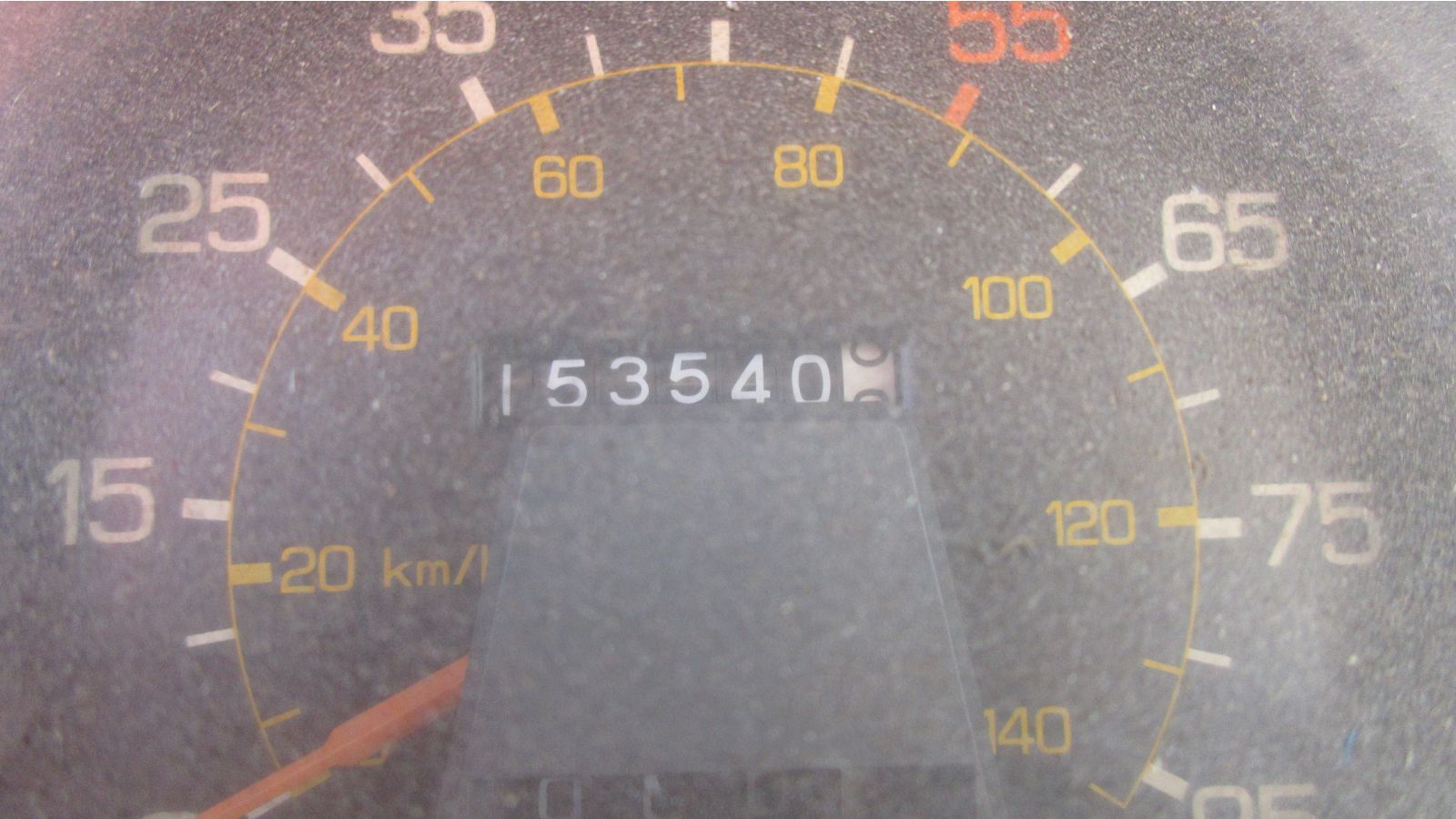
153,540 miles is nothing by TE72 odometer standards. This car had registration paperwork from 2012 inside, indicating that it was running as recently as five years ago.
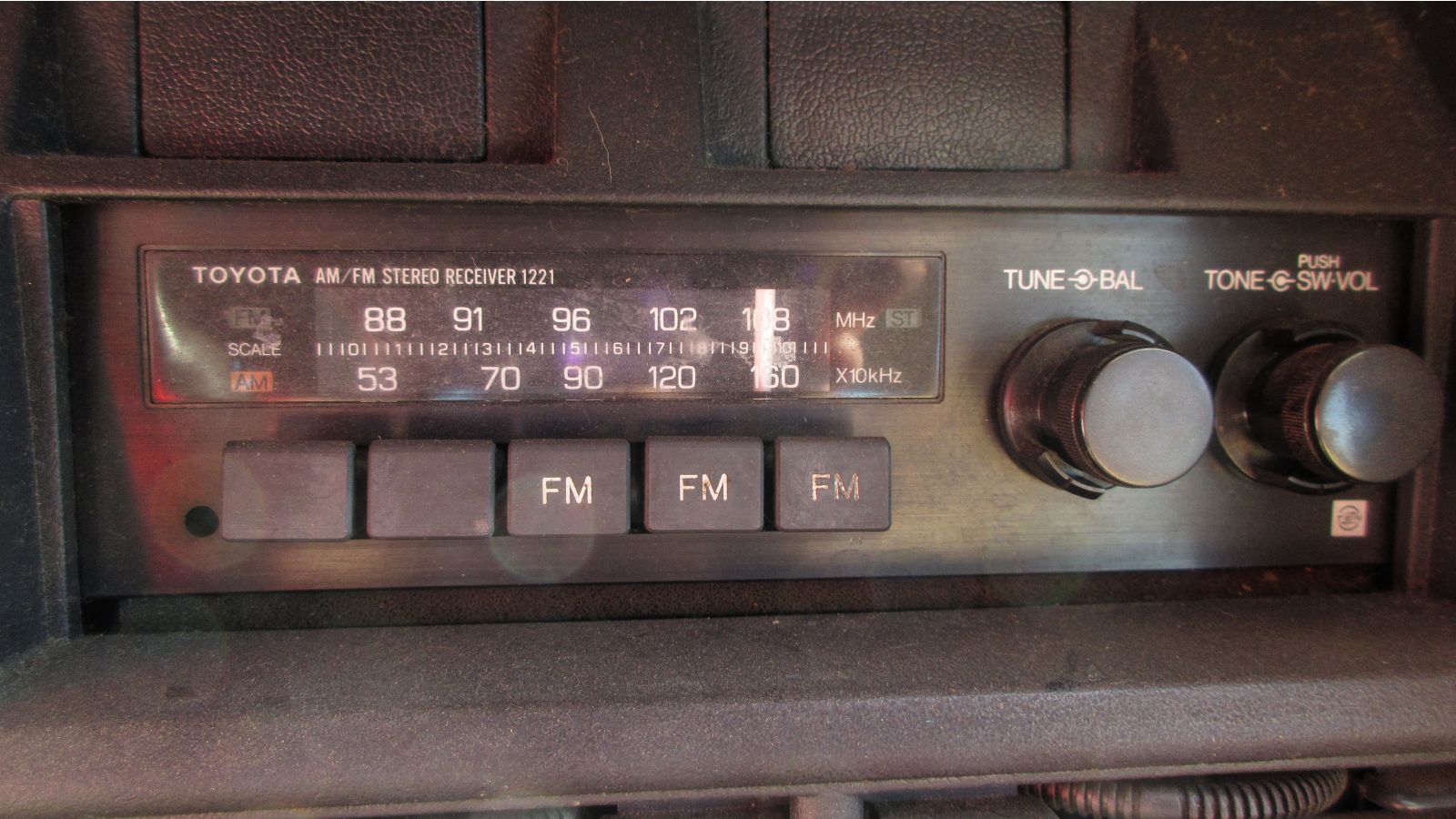
It has the luxurious AM/FM radio, which was probably the equivalent of 500 bucks in 2017 dollars. Most Corolla buyers in 1982 skipped the radio altogether, or opted for the monophonic AM-only unit. Audio gear during this period was both terrible-sounding and ruinously overpriced, but if you wanted to hear Eye of the Tiger in high-quality stereo during your Corolla commute, you had to pay the price.
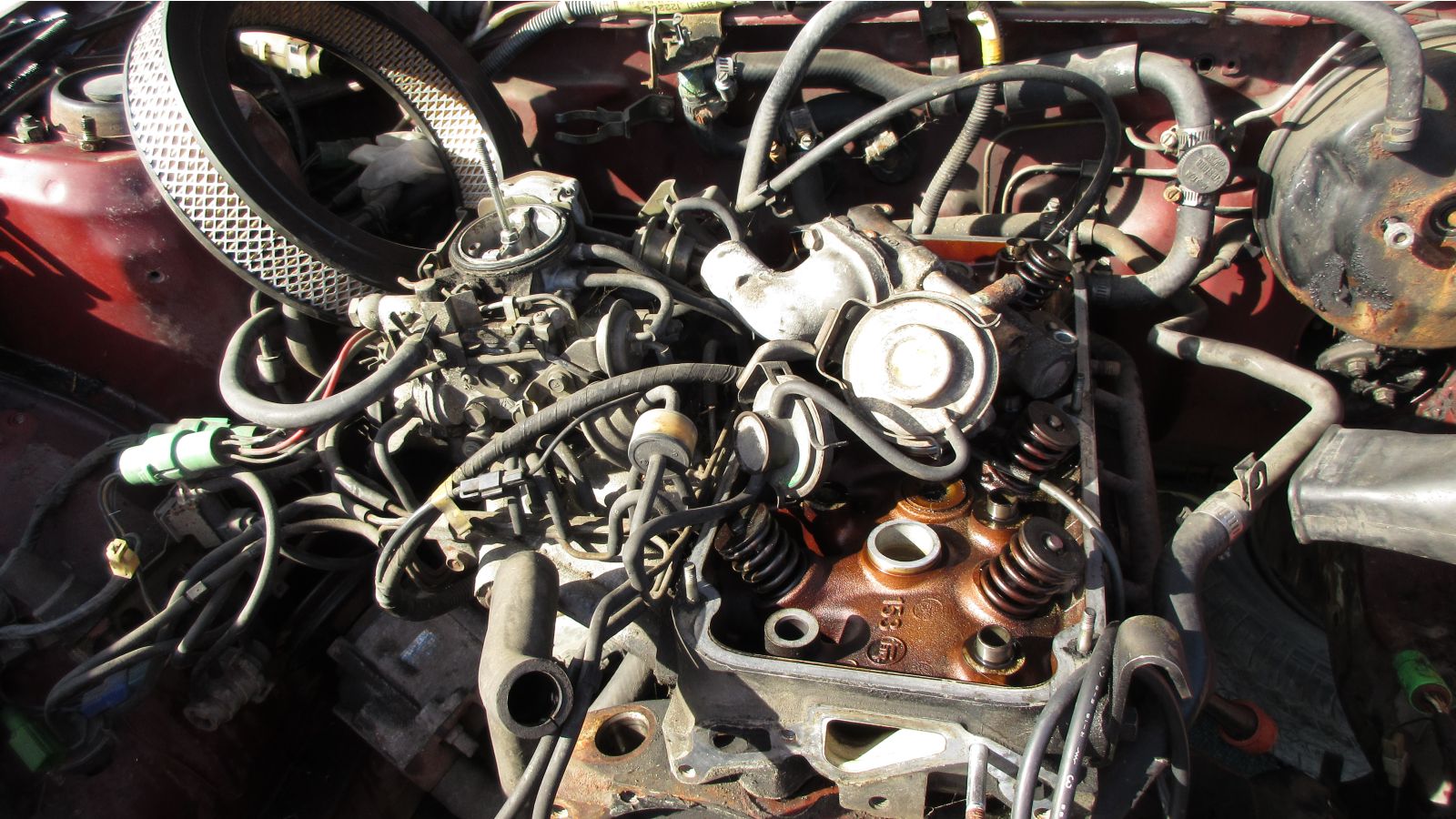
Power came from the much-beloved 3TC straight-four. This pushrod engine displaced 1,770 cc and made 70 horsepower. 70 immortal horsepower. The 3TC is well-known for making vast power with geological levels of boost.
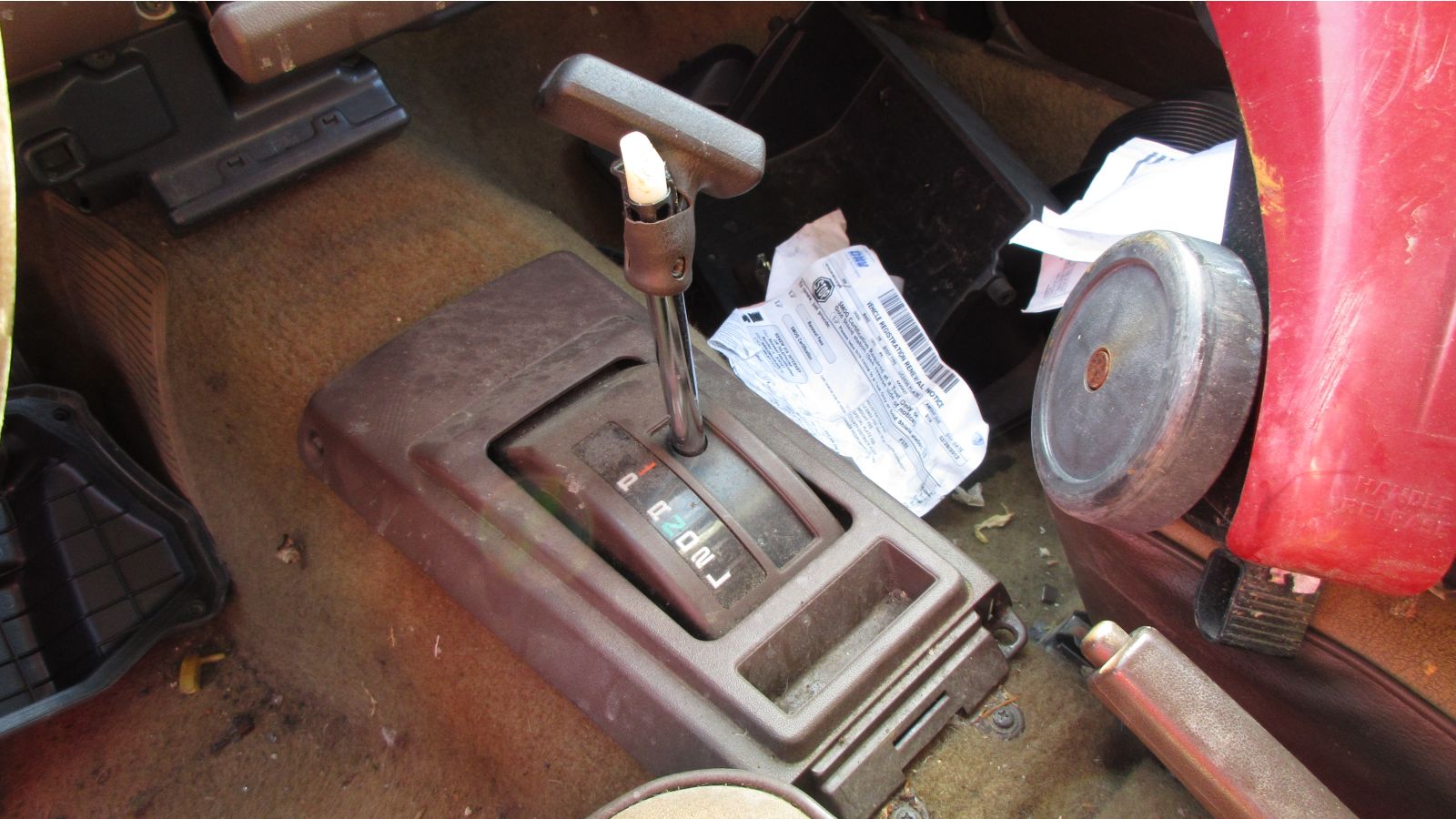
This one has the automatic transmission, which meant extremely leisurely acceleration and fuel economy markedly lower than its manual-equipped brethren. Still, California commuters prefer two-pedal cars for their stop-and-go highway commutes, which were nearly as bad in the early 1980s as they are now.
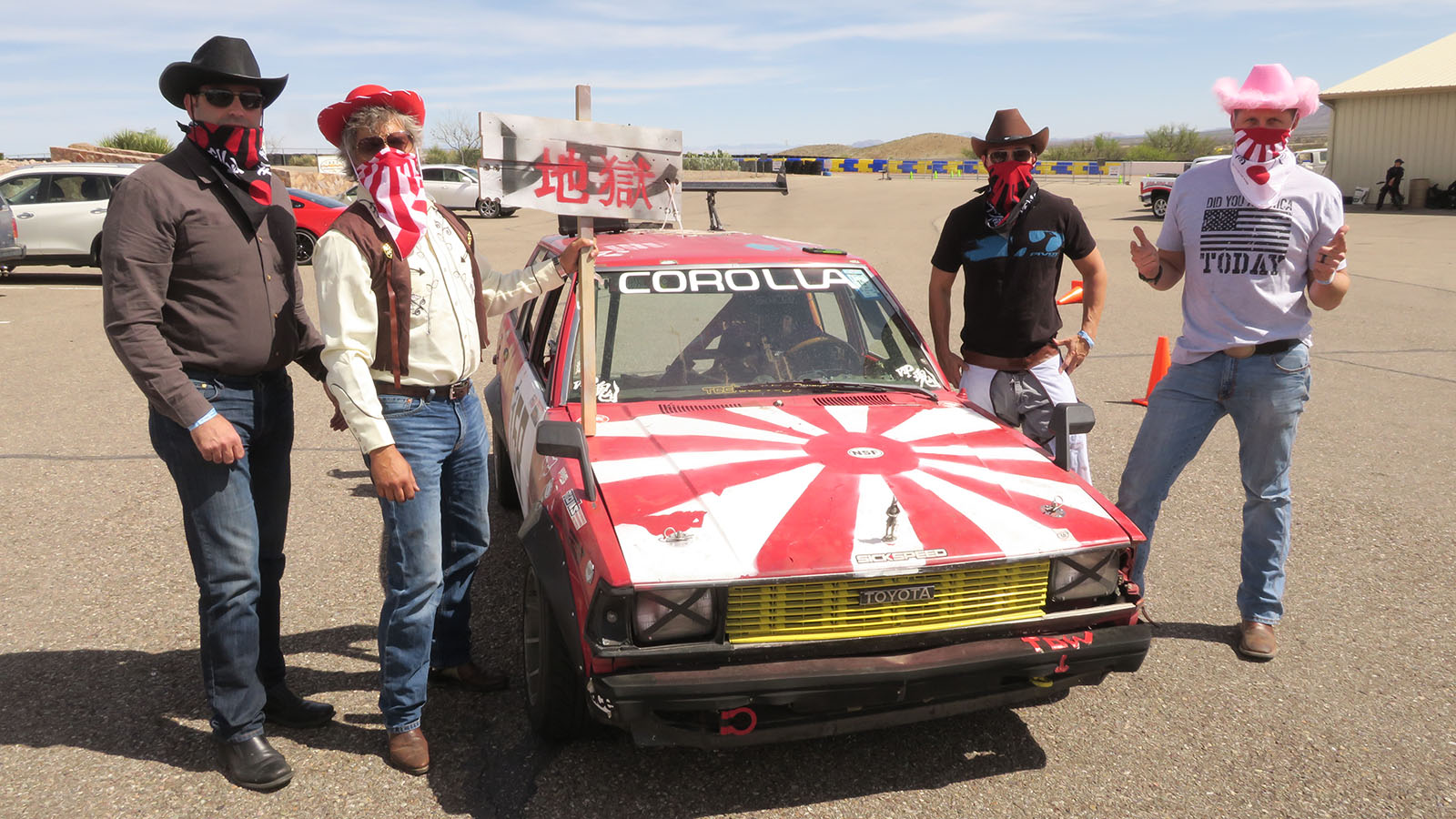
A few of these cars race in the 24 Hours of Lemons series, where I labor as a fair and just official, and I recalled that the "High Plains Dorifto" TE72 wagon of the Nine Finger Drifters team lacked its front turn-signal light lenses when I spotted today's Junkyard Gem.
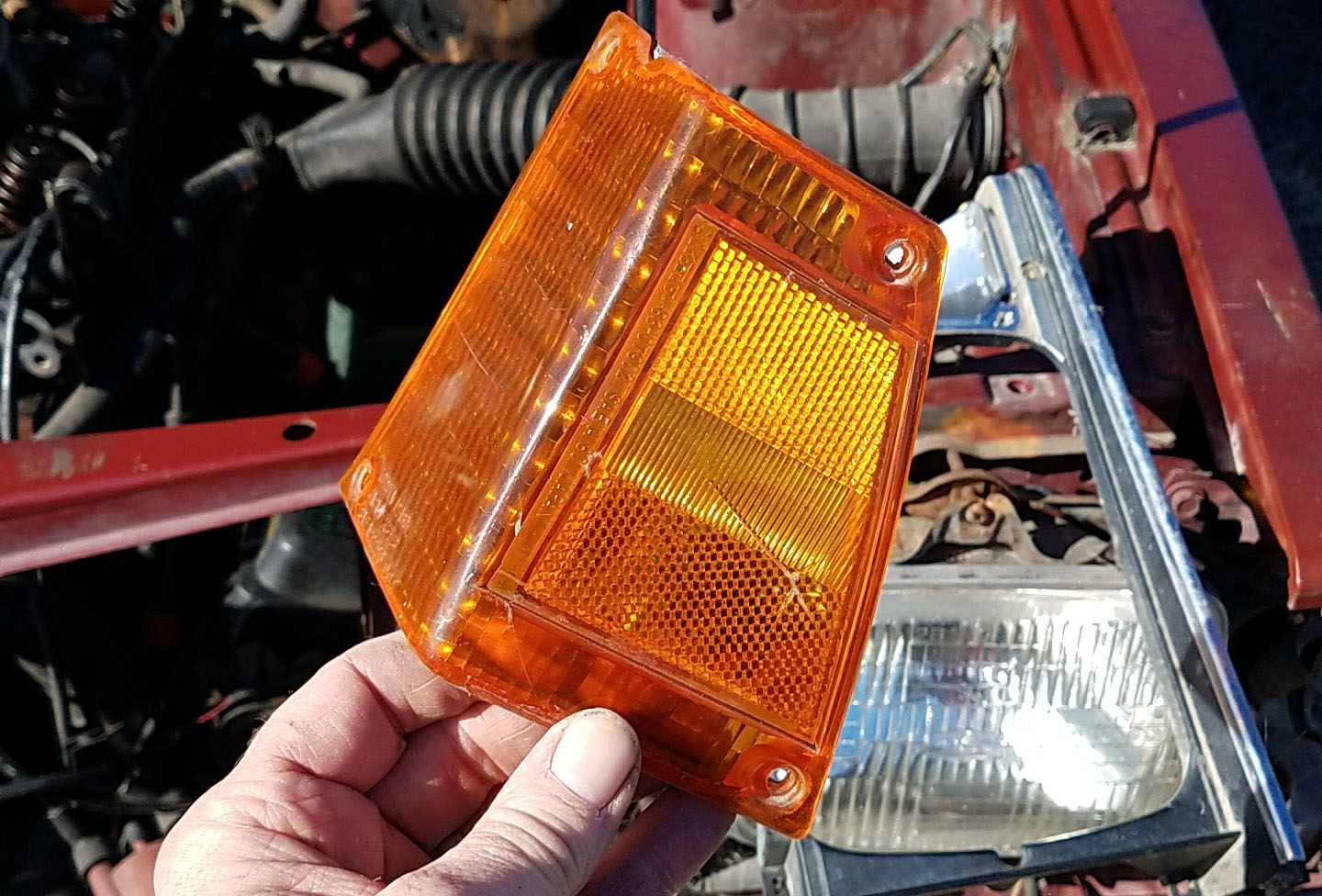
Not perfect, but good enough for a hooptie race car!
In its homeland, this car got the Alice and Wonderland treatment in its television advertising.
In the United States, the ads were less entertaining.
Related Video:

153,540 miles is nothing by TE72 odometer standards. This car had registration paperwork from 2012 inside, indicating that it was running as recently as five years ago.

It has the luxurious AM/FM radio, which was probably the equivalent of 500 bucks in 2017 dollars. Most Corolla buyers in 1982 skipped the radio altogether, or opted for the monophonic AM-only unit. Audio gear during this period was both terrible-sounding and ruinously overpriced, but if you wanted to hear Eye of the Tiger in high-quality stereo during your Corolla commute, you had to pay the price.

Power came from the much-beloved 3TC straight-four. This pushrod engine displaced 1,770 cc and made 70 horsepower. 70 immortal horsepower. The 3TC is well-known for making vast power with geological levels of boost.

This one has the automatic transmission, which meant extremely leisurely acceleration and fuel economy markedly lower than its manual-equipped brethren. Still, California commuters prefer two-pedal cars for their stop-and-go highway commutes, which were nearly as bad in the early 1980s as they are now.
A few of these cars race in the 24 Hours of Lemons series, where I labor as a fair and just official, and I recalled that the "High Plains Dorifto" TE72 wagon of the Nine Finger Drifters team lacked its front turn-signal light lenses when I spotted today's Junkyard Gem.

Not perfect, but good enough for a hooptie race car!
In its homeland, this car got the Alice and Wonderland treatment in its television advertising.
In the United States, the ads were less entertaining.
Related Video:










Sign in to post
Please sign in to leave a comment.
Continue